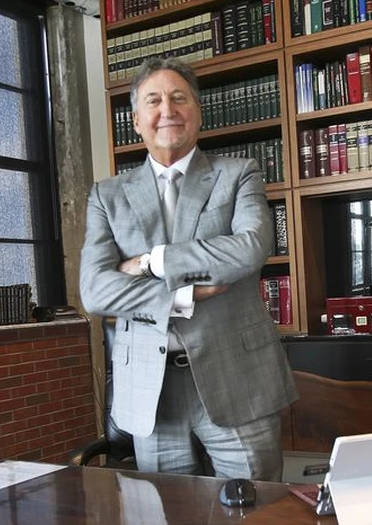 |
| Patrick Ducharme |
The Supreme Court of Canada in Carter1 provided the method by which evidence would be admissible under the co-conspirators’ exception and McIntyre J. five years later succinctly summarized the procedure under Carter as a three-step process:
i. The trier of fact must first be satisfied, beyond a reasonable doubt, that the alleged conspiracy in fact existed;
ii. If the alleged conspiracy is found to exist, then the trier of fact must review all the evidence that is directly admissible against the accused and decide, on a balance of probabilities, whether or not he is a member of the conspiracy;
iii. If the trier of fact concludes, on a balance of probabilities, that the accused is a member of the conspiracy, then the trier of fact must go on and decide whether the Crown has established such membership beyond a reasonable doubt. In this last step only, the trier of fact can apply the hearsay exception and consider evidence of acts and declarations of co-conspirators, done in furtherance of the object of the conspiracy, as evidence against the accused on the issue of his guilt.
The Supreme Court of Canada in 2005 again referred to this three-step process with approval, provided the acts or declarations occur while the conspiracy is ongoing and are in furtherance of the common object.3 Obviously, where the trier of fact is a jury, all three steps are the responsibility of the jury, not the Judge. What role, if any, the trial Judge should play in screening the evidence that should go before the jury to fulfill its responsibilities in this 3-step process has been the subject of some debate. The trial Judge’s role will be discussed below.
In Mapara the Supreme Court of Canada accepted that even double hearsay is admissible under the co-conspirators’ exception because it meets the necessity and reliability requirements. Necessity the court said is satisfied based upon the combined effect of the non-compellability of co-accuseds and the undesirability of separate trials for co-conspirators. Reliability is satisfied by the Carter approach.
The court concluded that this approach is fair to accused persons while permitting effective prosecutions of conspiracies. Only in “rare cases”, where the accused is able to establish that application of the rule does not satisfy the indicia of necessity and reliability, will such hearsay evidence be excluded.6 The exclusion of this evidence in rare cases will likely be accomplished via a voir dire.
Ducharme J. in Magno offered this opinion:
The appellate courts’ concern about the impact of voir dires in this area is well-founded. Unfortunately, their prediction of their rarity appears to have been overly optimistic. I say this because there are at least three situations where a pre-trial determination will have to be made with respect to evidence alleged to fall within the co-conspirator’s exception:
1. Where the defence can credibly raise the issue of whether the proposed evidence actually falls within the co-conspirators’ exception;
2. Where the defence can question the necessity of admitting the hearsay evidence. This is most likely to arise when the hearsay declarant is available to testify. This situation was expressly not addressed in Chang and Mapara; and,
3. Where the defence “is able to point to evidence raising serious and real concerns about reliability” as described in Chang.
Ducharme J. explains that once the prosecution demonstrates the acts or declarations fall within the exception to the hearsay rule, the burden shifts to the defence to demonstrate its admission would be inconsistent with the principled approach. Where arguments by the defence fall within one of the three circumstances referred to above, “it is clear from Chang the trial Judge must determine the issue and this will presumably necessitate a voir dire of some description.”8 Ducharme J. also explains his use of the phrase, “a voir dire of some description” in a footnote that suggests, “such voir dires need not require viva voce evidence and may most efficiently be conducted by requiring the parties to submit a written record and written submissions as was done in the present case.”
The Court of Appeal for Ontario in Simpson10 says that one of the “rare cases” when a voir dire may be necessary to determine the admissibility of hearsay declarations and acts is when the actual declarant or actor is available as a witness. LaForme J.A. writing for the court wrote:
There is no doubt in my mind that the availability of the declarant, in some circumstances, can support the “rare exception” in which the Carter test might yield to that required by Starr. In other words, the availability of the co-conspirator declarant as a witness, may require that the declaration be adduced through the testimony of the declarant.

The above is the an excerpt of Patrick J Ducharme's book, Canadian Criminal Procedure Volume 2, available at Amazon or in bulk through MedicaLegal Publishing along with Criminal Trial Strategies.
Subscribe to Patrick Ducharme's Youtube Channel
